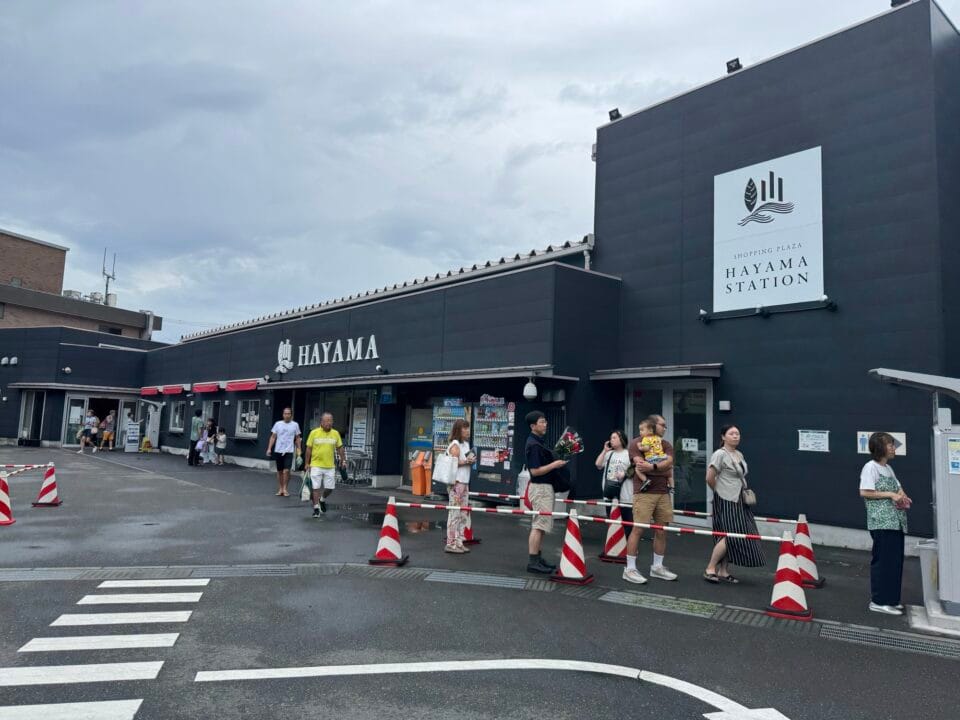- AllianceBernstein U.S. Growth Equity Investment Trust D Course Summary: Investment Products in Japan
- Reason for investing: Stable income through monthly dividends
- Attractiveness of Monthly Distributions: Strength of Income Gains
- Facing Crash Risk: NAV Stability
- Nomura Web Loan Collateral: Leverage Strategies
- Easygoing long-term holding: no concern about capital gains
- Personal Investment Philosophy: Freedom after FIRE
- Overall Satisfaction: Investment Potential in Japan
- Private Wisdom-like Summary
AllianceBernstein U.S. Growth Equity Investment Trust D Course Summary: Investment Products in Japan
AllianceBernstein U.S. Growth Equity Investment Trust D Course Monthly Settlement Type (No Currency Hedged) Forecast Dividend Payment Type is a popular mutual fund in Japan and is an active fund paying monthly distributions. It invests primarily in U.S. growth companies (technology, healthcare, etc.) and seeks to achieve returns in excess of the S&P 500 Stock Price Index (including dividends, in yen terms). Below are key data as of August 2025:
| (data) item | Details |
|---|---|
| Reference Price | Approx. 11,000 yen |
| Total Net Assets | Approx. 3.4 trillion yen |
| trust fee | 1.727% per year (including tax) |
| Distribution (per 10,000 units) | Approx. 2,700 yen per year (actual in 2024, variable 100-400 yen per month) |
| exchange hedge | None (Positive impact from yen depreciation, negative impact from yen appreciation) |
The fund is suitable for investors who value income gains through monthly distributions and for those seeking FIRE (financial freedom). More information can be found on the official Alliance Bernstein website. Distributor information can also be viewed at Monex, Inc. andRakuten Securities, Inc. I invested in this fund and experienced a long-term income strategy in Japan.
Reason for investing: Stable income through monthly dividends
I chose this fund because I wanted to seek stable income gain through monthly distributions. As I aim to FIRE in Japan, regular income is the foundation of my life; if I invest 10 million yen, I can expect an annual distribution of about 12% (2,700 yen/10,000 units in 2024 actual), which is about 100,000 yen per month. Capital gains are secondary, and priority is placed on stability through long-term holdings. Purchases are made through Monex, Inc. on a no-load (no commission) basis; tips include taking advantage of brokerage campaigns and point rewards. Online trading was easy and I was able to start investing within a week of opening my account. This choice paved the way to financial freedom.
Attractiveness of Monthly Distributions: Strength of Income Gains
The main attraction of monthly distributions is regular cash flow. In Japan, monthly distribution mutual funds are popular among FIRE-oriented people and retirees. In my case, I invest 10 million yen and receive about 100,000 yen per month (before tax) in distributions, which I use for living expenses and reinvestment. Below is an example of how I use the distributions:
| How to use | Advantages |
|---|---|
| living expenses | Cover daily expenses and preserve savings |
| reinvest | Asset growth through compounding effect |
| Hobbies and travel | Improved quality of life |
According to the survey, all distributions in 2024 are investment income, with zero principal reversal. Check the market trend, as there is a possibility of more than 200 yen per month at NAV above 11,000 yen and no distribution at NAV below 10,100 yen. It is easy to make a plan if you check the monthly report to see how the distribution is changing. This system has taught me how easy it is to invest.
Facing Crash Risk: NAV Stability
Although market crashes are a concern, data from the past 10 years show that the lowest NAV was around 8,000 yen (during the 2020 Corona Shock). It has been highly resilient, usually maintaining around 10,000 yen. My experience is less stressful with a stance of enjoying distributions without worrying about short-term fluctuations. Even if it crashes, it can be covered by long-term holding as it receives monthly distributions. Research shows that the long-term return of the S&P 500 is 7-10% per year, and this fund has a similar or better track record; a tip: when the market crashes, you can purchase additional shares to lower the average acquisition price. For investments in Japan, it is safe to combine diversification with consideration of currency risk (NAV declines with a stronger yen). This stability was the foundation of FIRE.
Nomura Web Loan Collateral: Leverage Strategies
This fund is eligible for Nomura’s web loan collateral in Japan; it can borrow around 6-7 million yen with a 10 million yen investment as collateral. Below is a summary of the leverage strategy:
| (data) item | Details |
|---|---|
| borrowing capacity | Approximately 6-7 million (depending on the multiplier of the collateral securities) |
| interest rates | Approx. 2-3% (as of 2025) |
| Distribution Yield | Approx. 12% (2024 actual, before tax) |
| risk | Fall in collateral value, so-called additional payment risk |
I tried this approach and invested additional funds through borrowing. Aiming for a distribution of about 300,000 yen per month, I built a “3-story” strategy to cover living expenses. The research shows that the distribution yield exceeds the interest rate (2-3%), so the income/expense is positive. A tip: Use a surplus of funds when borrowing. It is safe to have a reserve of about 30% in case the collateral value declines. This strategy has opened up investment possibilities.
Easygoing long-term holding: no concern about capital gains
The best part of this fund is to enjoy monthly distributions without chasing capital gains. 10 or 20 years of holding the fund, income gains become a stable income. In my case, I use the distributions for living expenses and feel a sense of spiritual comfort. According to the survey, the total return (including distributions) for the past 10 years is 16.14% per year (July 2025). The investment environment in Japan is also favorable, with the weak yen serving as a tailwind. When distributions are increasing, it is a good time to make additional investments. This ease of investing has taught me the appeal of long-term investment.
Personal Investment Philosophy: Freedom after FIRE
As a wealthy person, the monthly distribution is “spending money to color your life” because you have enough funds. A surplus would be ideal, but even a deficit can be covered by the distributions and be enjoyed like a game. Think of this fund as a “playground for assets” and challenge it with leverage. According to a survey, FIRE-oriented people in Japan tend to prefer monthly distribution type funds.Tips: The investment amount should be equivalent to 3 to 5 years of living expenses. Depending on your risk tolerance, a combination of balanced funds is a safe bet. This philosophy has paved the way to financial freedom.
Overall Satisfaction: Investment Potential in Japan
This investment has allowed us to realize the stability of monthly distributions and the potential for leverage. Although there is a risk of crashes, the ability to secure income gains through long-term holdings is attractive to those seeking to FIRE in Japan. Next, I would like to try other distributable funds. We chose a no-load brokerage firm to help us with our investment plan and check monthly reports on market trends. With a budget starting at 10 million yen, it is a worthwhile challenge. Note: This content is based on my personal experience and investment is prudent at your own risk.
Private Wisdom-like Summary
Alliance Bernstein D-Course investment in Japan offers peace of mind with monthly distributions. As a personal wisdom, the key is to maximize income gains through collateral utilization without worrying about capital gains. Stable income quietly supports freedom after FIRE. This experience is a journey to peacefully pursue financial freedom in Japan.






Comments